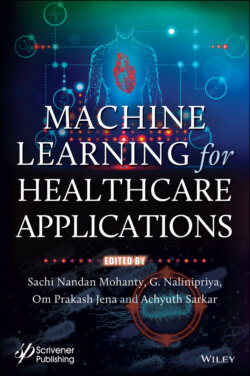Читать книгу Machine Learning for Healthcare Applications - Группа авторов - Страница 71
3.1.5 About Neuromarketing
ОглавлениеGenerally marketing procedures or tools include surveying, interviews, target groups, etc. where participants willingly give feedback for their thoughts and opinions on a product. These procedures have a drawback of not considering the unconscious decision-making characteristics. EEG has the potential to identify these emotions and influence the decision-making process. It is found that 90% of the decision making consists of factors from the subconscious mind. In this domain, the analysis of the subconscious mind presents the true choices of users more accurately than other methods. It has the potential to factor in characteristics about decision making in users which cannot be accurately pin-pointed in other methods. Neuromarketing fills the gap between the results of traditional marketing methods and real decisions of consumers.
In order to analyze the consumer’s behavior we factor in his sensorimotor and mental feedback with the combination of eye-tracking, skin conductance, galvanic skin response and facial electromyography which all in turn contribute to create a sequential flow chart of a consumer’s response and various stimuli which resulted in the failure or successful of purchase of the product.
This technology came around prominence in 2002 with the initiatives of Brighthouse and SalesBrain who developed marketing solutions based on Neuromarketing and also offered studies on the client’s product base from a consumer’s EEG data. Thus, major powerhouses in FMCG markets have started to adopt Neuromarketing techniques to exploit the consumer’s behaviour from a marketing and psychological angle.
